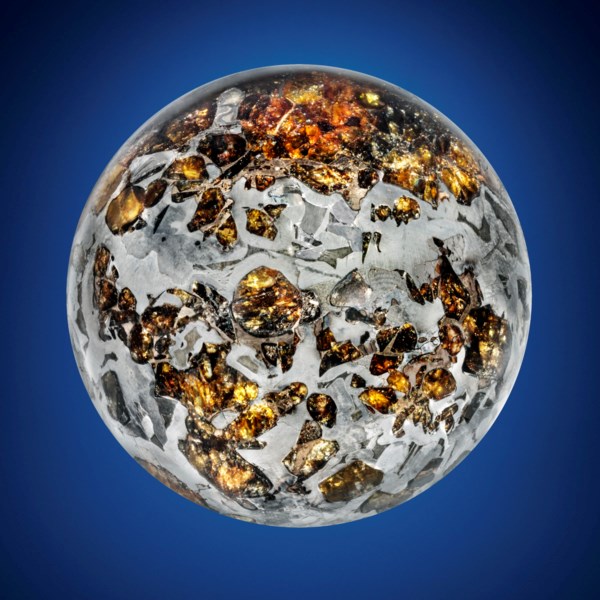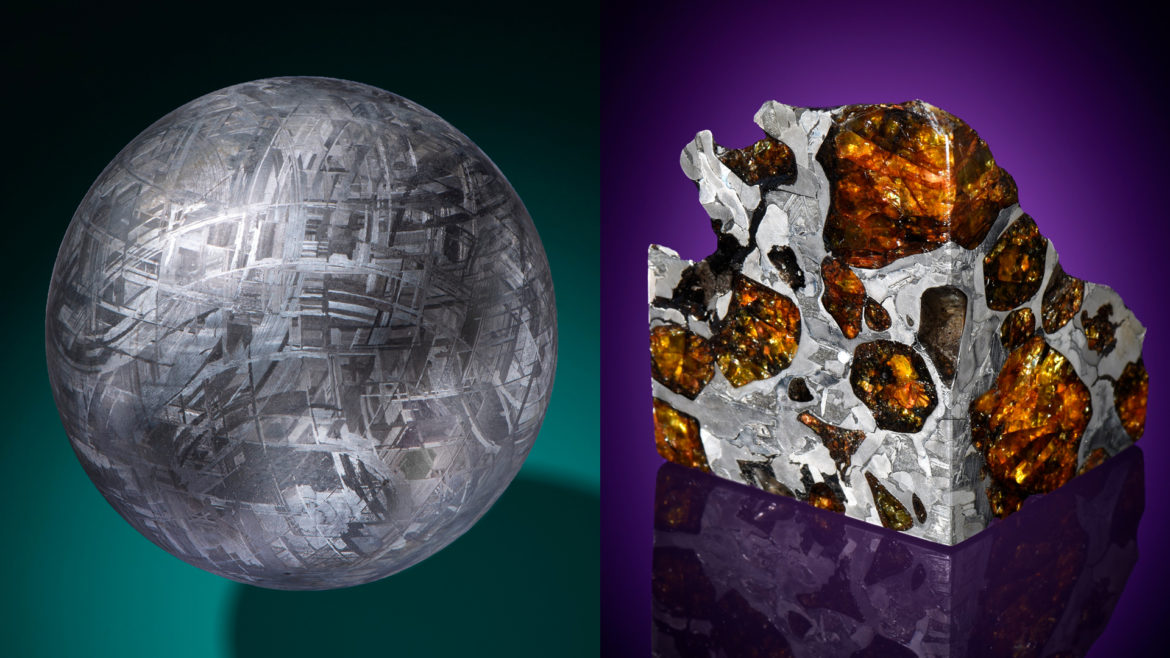Dozens of ancient meteorites-some with glittering extraterrestrial gems- are now up for auction at Christie’s.
Possible to own an “abstract sculpture from outer space”…..

The following written content by Mindy Weisberger – Senior Writer
Got $70,000? You could own an “abstract sculpture from outer space.”
Dozens of ancient meteorites — some stony, some iron, some studded with glittering extraterrestrial gems or holding stardust that’s billions of years old — are now up for auction at Christie’s.
Many of these rare space rocks were once part of the moon, while others came from Mars or broke off of asteroids orbiting in the belt between Mars and Jupiter. These meteorites from landing sites across Earth are part of the auction “Deep Impact: Martian, Lunar and Other Rare Meteorites,” held online from Feb. 5 to Feb. 23.
Some of these rare objects have starting bids of just a few hundred dollars, such as the unusual bubble-filled slice of Ibitira, a stony meteorite that fell on June 30, 1957, near the town of Ibitra in Brazil. But a trapezoidal slab of a lunar meteorite discovered in the Sahara Desert in Mali, measuring about 16 inches (40 centimeters) long and weighing approximately 4 pounds (2 kilograms), could fetch as much as $350,000, according to Christie’s.
Advertisement

Celestron – PowerSeeker 127EQ Telescope – Manual German Equatorial Telescope for Beginners – Compact and Portable – Bonus Astronomy Software Package – 127mm…
$189.00
Prior to the auction, all the meteorites were examined by scientists with The Meteoritical Society, an international nonprofit dedicated to education and research in planetary science, particularly the study of meteorites.
Meteorites are survivors; they’re all that’s left behind after a space rock enters Earth’s atmosphere as a meteor, sometimes flaring brightly in the sky before breaking up and dropping on the ground or in the ocean. More than 99% of meteorites come from asteroids in our solar system, while the rest are from Mars or the moon; they can be iron, rocky or a combination of stone and metal, according to NASA.
When experts evaluate diamonds, they use a system known as the four C’s: carat, color, clarity and cut. For estimating the value of a meteorite, James Hyslop, head of the Science and Natural History department at Christie’s, considers the four S’s: size, shape, story and science, Hyslop told Live Science in an email. Read more from Live Science.





